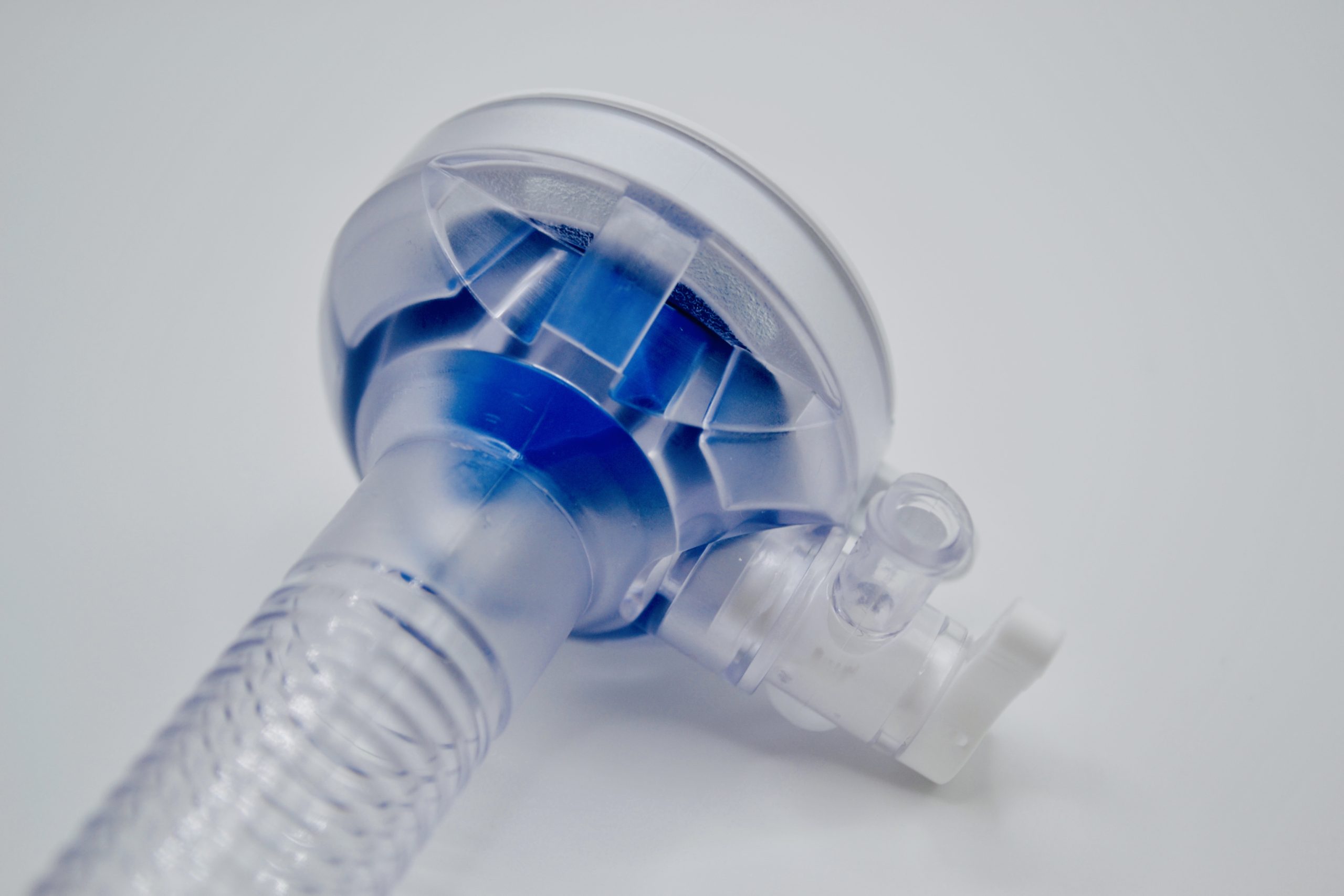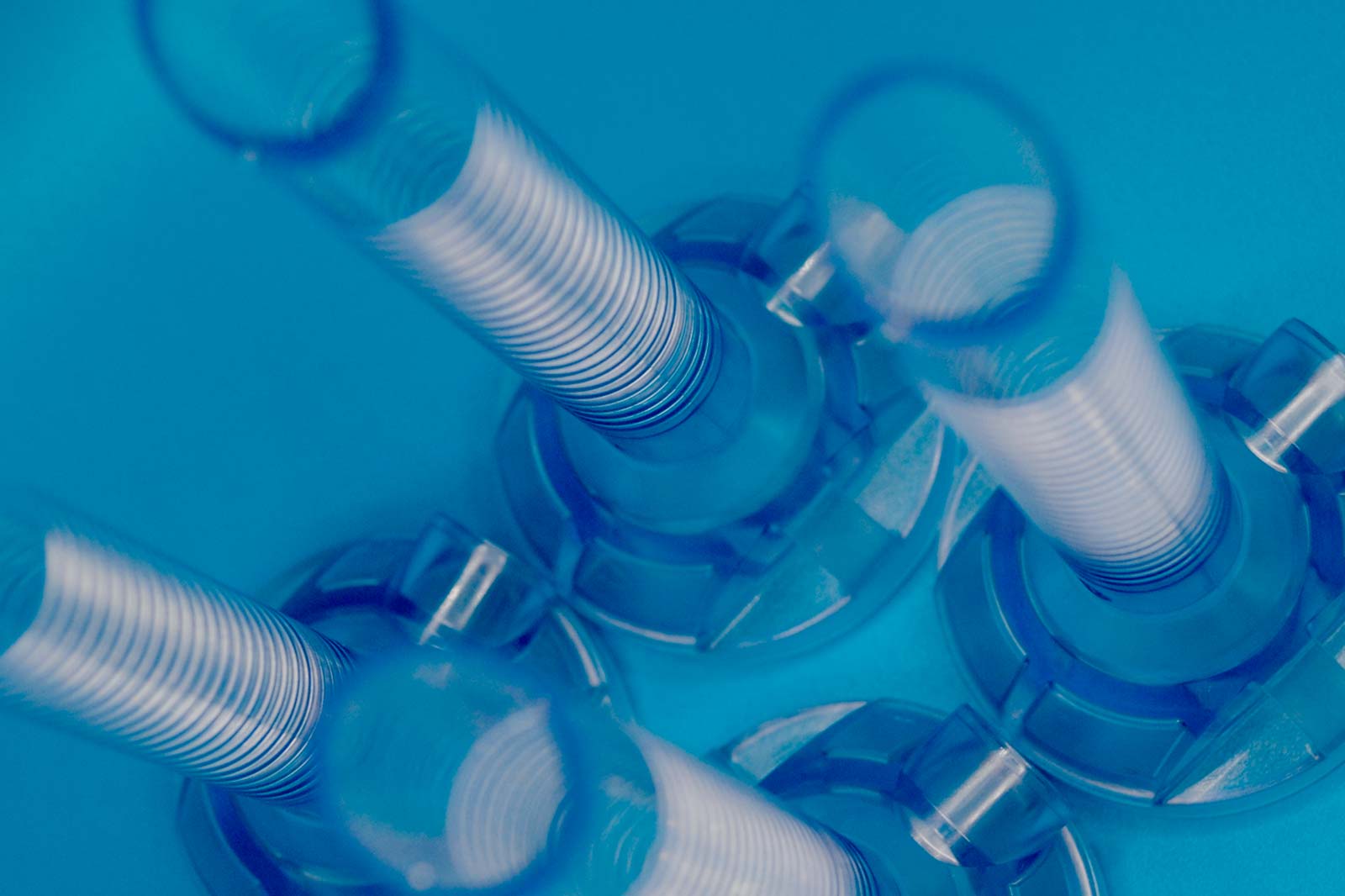FEATURED CONTENT
Is Two-Shot Molding Right for Your Part?
The medical device industry is known for its constant pursuit of innovation and technological advancements. One process that has gained prominence in recent years is two-shot plastic injection molding. It allows for the creation of complex parts in a single manufacturing step, in the process reducing assembly time and costs, as well as improving the aesthetics and functionality of the final product, and in the end improving patient outcomes. But is it right for your part?
Browse Our Latest Content
Major Design Rules for Plastic Injection Molding Medical Device Parts
Designing plastic parts for medical devices can be a complex and challenging process, especially when it comes to achieving tight tolerances, high precision, and optimal functionality. This guide explores the major design rules and provides tips and insights on how to optimize your part’s design for maximum efficiency and quality.
How do you know if what you have is a tough cooling problem?
At Atalys, we have developed a method for estimating the optimum cure time for each molding assignment. In essence, the model allows us to quantify the cooling challenge to be overcome, and enables us to determine the key parameters of the mold design that would be necessary if the desired cure time is to be achieved. Download the white paper to learn more.
Long Cannula Cooling Challenge
A customer came to us with a cooling challenge involving a long cannula. The parts were coming off the press at high temperatures that rendered them unusable. As a short-term measure, the parts were kept longer in the mold to give them extra time to cool. This lengthened cycle times, however, and was far from sustainable. Find out how Atalys engineers came up up with a long-term, viable solution in this case study.
EXPLORE AND LEARN MORE
Find Answers to Your Questions
The Power of Plastic Injection Molding: Why It’s the Ideal Choice for Medical Device Companies
The medical device industry is constantly evolving, driven by the demand for innovative solutions to improve patient outcomes and streamline healthcare processes. In this highly regulated and competitive environment, manufacturers must rely on advanced manufacturing techniques to produce high-quality, reliable, and cost-effective products.
Elevating the Future of Medical Device Manufacturing
With the acquisition of Schnipke Precision Molding, Atalys deepens its core competencies—in extreme precision tooling, optimized plastics processing and molding, and automated components assembly—further extending its leadership in minimally invasive and robotic assisted surgery, surgical access, instruments, energy, and drug delivery markets.
Atalys Completes the Integration of Romold
With the integration of Romold– highly regarded as a top quality mold maker with an experienced team and workforce– Atalys’ Advanced Engineering Center in Rochester, NY, which is ISO 9001:2015 certified, now has an expanded capacity to build in excess of 250 extreme precision, high cavitation, and complex-geometry molds per year.
Molding No Draft Tubes
Medical device parts with cylindrical shapes are traditionally designed to have tapers in both internal and external walls which facilitate easy ejection of the molded part from the tool without any issues. There are times, however, when a part’s required tolerances and/or function will not allow for it. This was the case with a customer who wanted a tubular component molded without drafts under strict tolerances. Could the part be molded without any drafts? Find out in this case study.
Atalys Expands Manufacturing Facility in the Dominican Republic
The new adjacent building adds 32,000 square feet of manufacturing capacity and value-added operations to the existing site. Atalys Dominican Republic is located within Las Americas Free Zone Park, a high-tech tax-free zone that is located less than 15 miles from a full-service port with excellent transportation and logistics infrastructure.
Long Cannula Cooling Challenge
A customer came to us with a cooling challenge involving a long cannula. The parts were coming off the press at high temperatures that rendered them unusable. As a short-term measure, the parts were kept longer in the mold to give them extra time to cool. This lengthened cycle times, however, and was far from sustainable. Find out how Atalys engineers came up up with a long-term, viable solution in this case study.






